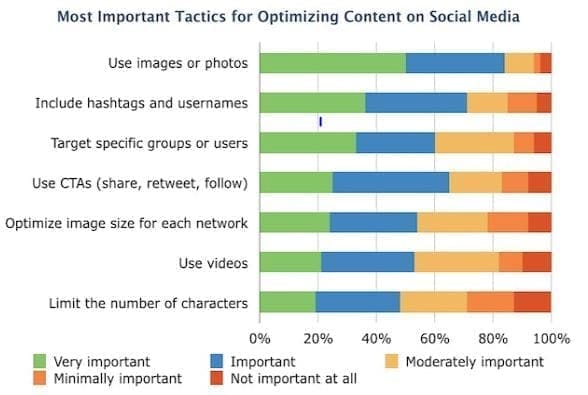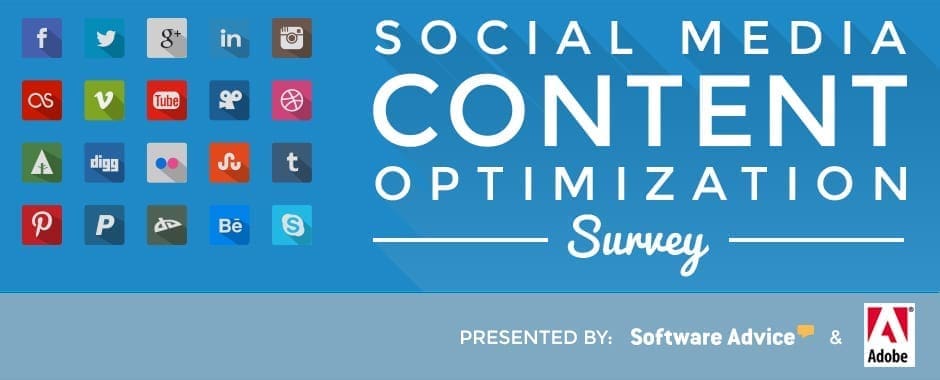Content - A General Word for General Stuff
Quite literally: your content is any text (also known as “copy”), imagery, video, or other material that engages consumers. In other words: content is everywhere and on everything. When you engage in any digital marketing – digital branding, paid online advertising, social media marketing, search engine optimization, or web design – you will be creating and using content.
But, that’s just it! Once you create and use your digital content, the job’s not done. The biggest mistake that you can make is believing that your content doesn’t need to grow up.
Congrats! You’re a Proud New Parent
When you create content for your new website or digital campaigns, you basically become a parent to that content. Just like any good mom or dad, you’ll want to give your new baby constant attention. After you actually create and implement content onto web pages, email campaigns, or social media posts, measure your content’s performance.
Identify the areas of growth that you want to see and that define your business’ success. Keep track of how those areas change with your new content being used. If there is any room for improvement or progress, make necessary changes. Increase your business’ generation of leads by always enticing your target audience to click or call.

Your Content’s First Steps
It’s the moment that every parent loves, the most: your baby starts to learn how to walk! In the same way, your digital content needs to learn how to navigate your target audience to where they need to go. Continuously guide your content marketing to include new facts, consider new members of your audience, and feature new copy or visual material.
A recent article from Think with Google stresses the importance of every second in a consumer’s search for your products or services. Your content must always be relevant to what paying customers want at the moment that they search. Keep one eye on the path, ahead, by understanding trends in consumers’ behavior. Keep the other eye on your content to make sure that it’s walking in the right direction – profits.
But, don’t worry if your content falls down a few times. Creating effective and relevant copy, videos, and designs requires time and lots of practice.

As your content starts to mature, you’ll also notice that the world keeps on changing, too. Technology always advances and consumers’ behavior keeps adapting to it. Your content must do the same.
Consumers searching on mobile devices are often moving around their local areas. Whatever they’re trying to find, they most likely need it, NOW. They want informative, helpful content that solves their problems at that very location. How can your digital content do that if it’s still a baby?
Another article from Think with Google reports that approximately 61% of people on smartphones will probably buy from websites that adjust their content to specific locations (data from Wave 3 & Google/Ipsos). If your content isn’t changing to meet consumers’ spontaneous and local needs, your content is unsuccessful. Protect your content from failure by creating new material that reaches and informs your audience at the right moments.
Before You Know It, They’re All Grown Up
That’s right. Sooner or later: your digital content is going to be a great success:
- Your ad copy will inform searchers and emotionally attract your audience.
- Your imagery will show consumers what they need in that very moment.
- Your videos will answer any question that a potential customer has.
Create and implement effective content throughout your digital marketing campaigns. Measure the results with insightful analytics. Continue to optimize and refine your content to generate the leads and sales that you need. Always adapt your content to reach the right audience at the right time and place.

Your Content Will Always Be Your Baby
Just like parenthood – content marketing is a process that is never truly finished. But, it’s all worth it when your content raises your company’s revenue.







